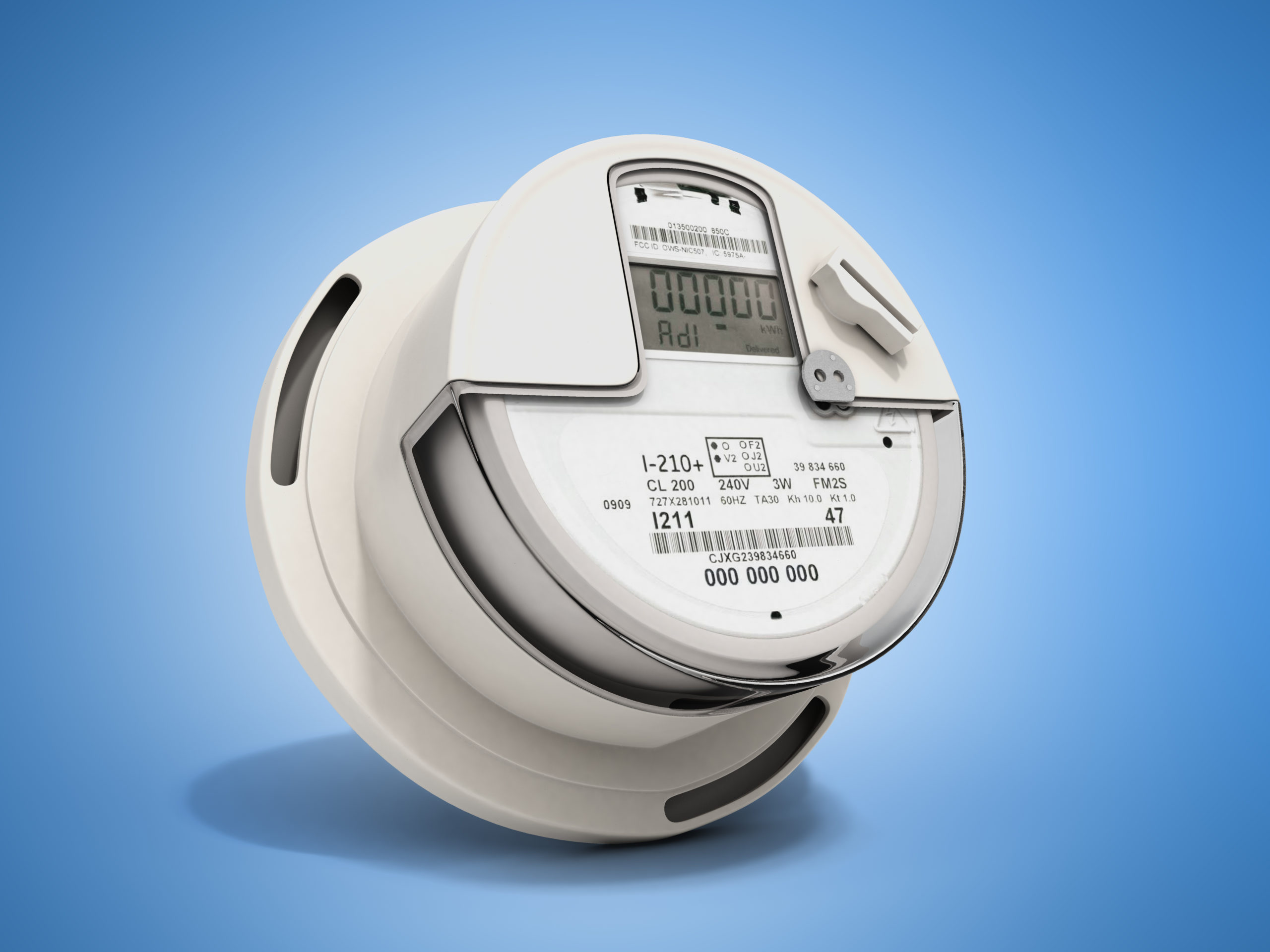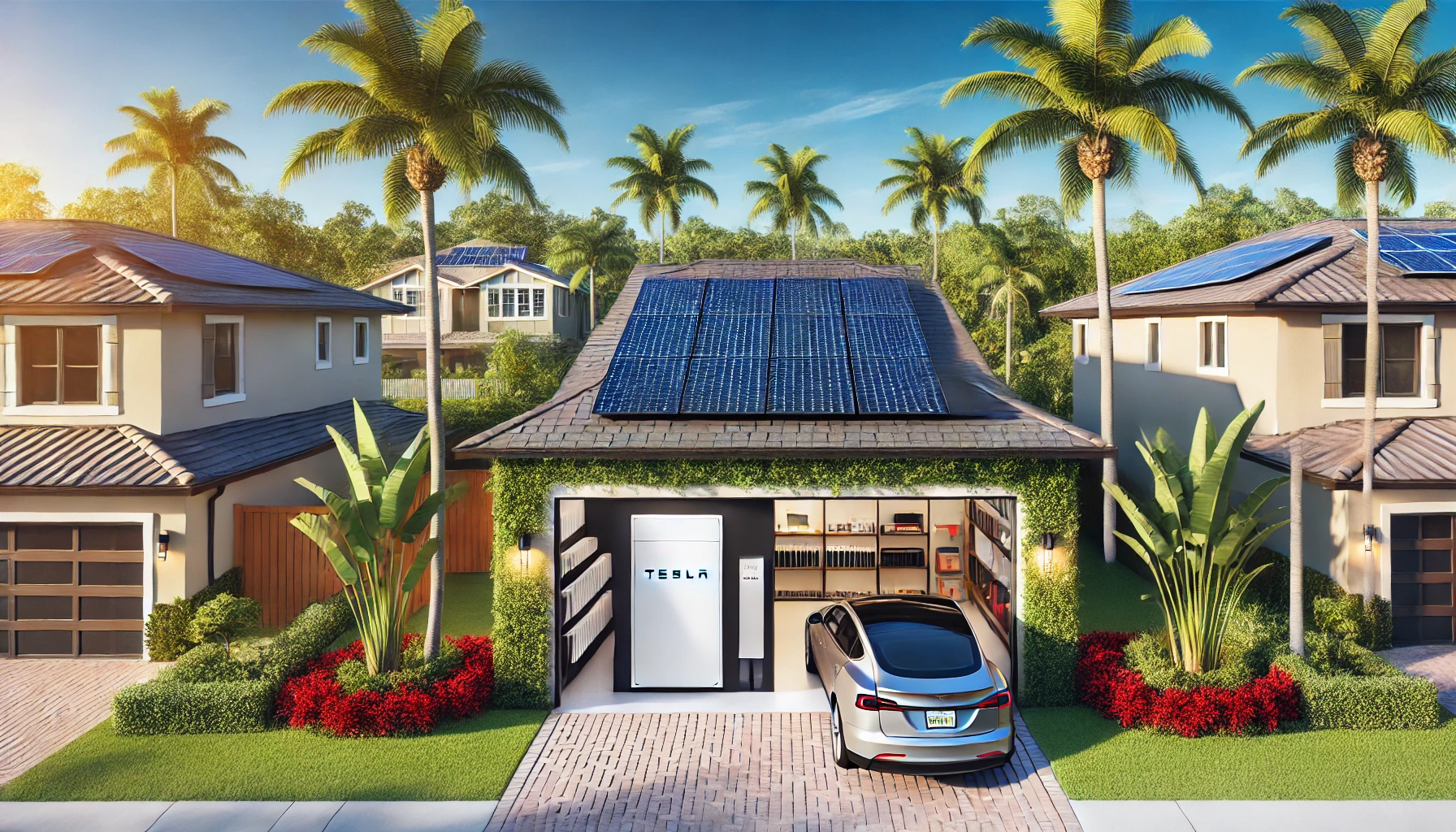In the late 1980s Dave Ramsey lost a real estate fortune of some $4 million and was forced to file for personal bankruptcy when his debts were suddenly called in.
But the knowledge he gained in recovering from this searing experience inspired him to pursue a new career in financial education; and in 1992 he published “Financial Peace”, the first of numerous best-selling books, including; “Total Money Makeover“, “Smart Money, Smart Kids“.
The Dave Ramsey Radio Show
Through these books, his training courses and media outlets, Ramsey has since rebuilt his personal fortune many times over, and he’s also helped countless Americans with advice on buying and selling homes, budgeting, debt management, savings and investments.
As America’s “trusted voice on money”, his radio show alone is now syndicated across more than 500 stations, reaching a weekly national audience in excess of 15 million, and features Ramsey answering a wide selection of live questions from listeners.
In this episode he talks with Thomas, a caller from Texas, about the financial benefits of installing solar panels.
Thomas’s initial question is whether it makes sense for him to borrow the money for his planned 100% solar installation.
As might be expected, his personal experience has made Dave Ramsey a “super-hawk” when it comes to debt of any kind. And he quickly reminds Thomas that he will never tell anyone to borrow money.
But his robust advice looks much more deeply into the merits of solar than that.
The Key Solar Power Metric
As Ramsey explains here, in considering solar power as an investment, the key metric to consider is what is called the payback period – essentially, how long it will be until your system has paid for itself through savings on your electricity bills.
Payback periods, financial and environmental benefits vary depending upon –
- the overall cost of the solar installation;
- the amount of electricity it can generate;
- the possibility of incentives offered by the local or federal government;
- the amount and cost of the electricity you are currently using;
- If adding storage can this also replace the costs and worry of power loss; and
- the anticipated increase in electricity prices over the next few years.
Thomas’s starting point is a quote of $82,000 for his proposed installation, with a time-sensitive $13,000 discount.
The discount may be (as Ramsey evidently believes) a dubious pressure-selling technique, and we agree with him. Promotions come and go. But the real point is that there are now plenty of reputable firms (eh-hem, like ours) offering high-quality products in this solar industry, and it’s vital for consumers to obtain a number of quotes and references before proceeding.
The Immediate Financial Incentives
It’s also worth noting that installation costs will be reduced by a 26% federal investment tax credit and possibly by state or local incentives as well. In some areas you may also be able to benefit from a local tax incentive or utility programs giving per kilowatt-hour credits for the electricity generated by your installation.
As Dave Ramsey acknowledges, the technology underpinning solar panels has advanced tremendously in the last decade, and they now produce far more power with much greater efficiency than before. These credits can therefore amount to a significant sum, depending on the size of the installation and the climate where it is located.
The Typical Payback Period Isn’t So Typical
With all these factors in mind, industry sources estimate a period of about eight to twelve years as the payback period – which is in line with Thomas’s own calculations.
Dave Ramsey questions whether this length of time justifies an investment in solar in purely financial terms. But there are other things besides the payback period – important though that is – which need to be taken into account.
The most common driver is overwhelmingly the concept of for how long the homeowner can reasonably expect to enjoy free or significantly reduced cost electricity after the end of the payback period. This tends to push consumers to the lowest cost, lowest quality, with the hope of a quick payback and the dream of a solar energy system that lasts 40 years.
Other Key Factors in the Cost/Benefit Calculation
Thomas is 59 and will be approaching 70 before his investment begins to pay off. So his enjoyment of the perceived solar cash machine may be relatively short. However, a solar purchase is effectively like power insurance. Once you’ve made the investment you’ve all but guaranteed your energy rate for the next 40-years with a quality system. But for a younger person or couple who expect to spend many years in a family home, the calculation may be significantly different.
And it’s also worth noting that the installation of a powerful and efficient modern solar system has been determined to also add significant long-term value to a property, particularly as environmental issues continue to grow in importance in the years to come.
Solar as a Sound Cash Investment
So although Dave Ramsey believes that Thomas’s particular circumstances make his solar plans to some extent a luxury (“pool in the yard”) purchase, the conclusion is that there are plenty of reasons for regarding solar as an excellent investment.
And in typical Ramsey fashion he recommends you save up and pay cash if possible. Cash is likely not in the majority of customers financial future, and it certainly not a viable option if customers and the industry want to make an impact on climate change, so financing is the next best option.
And do make sure that you get a range of quotes from reputable firms before proceeding – and make sure one of them is from us at Vinyasun!





